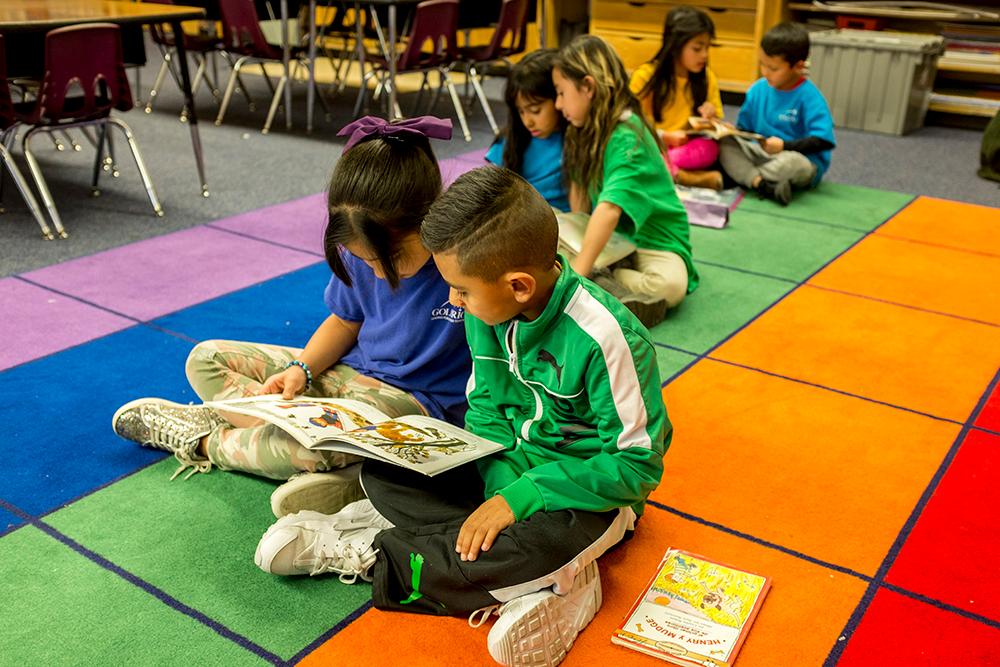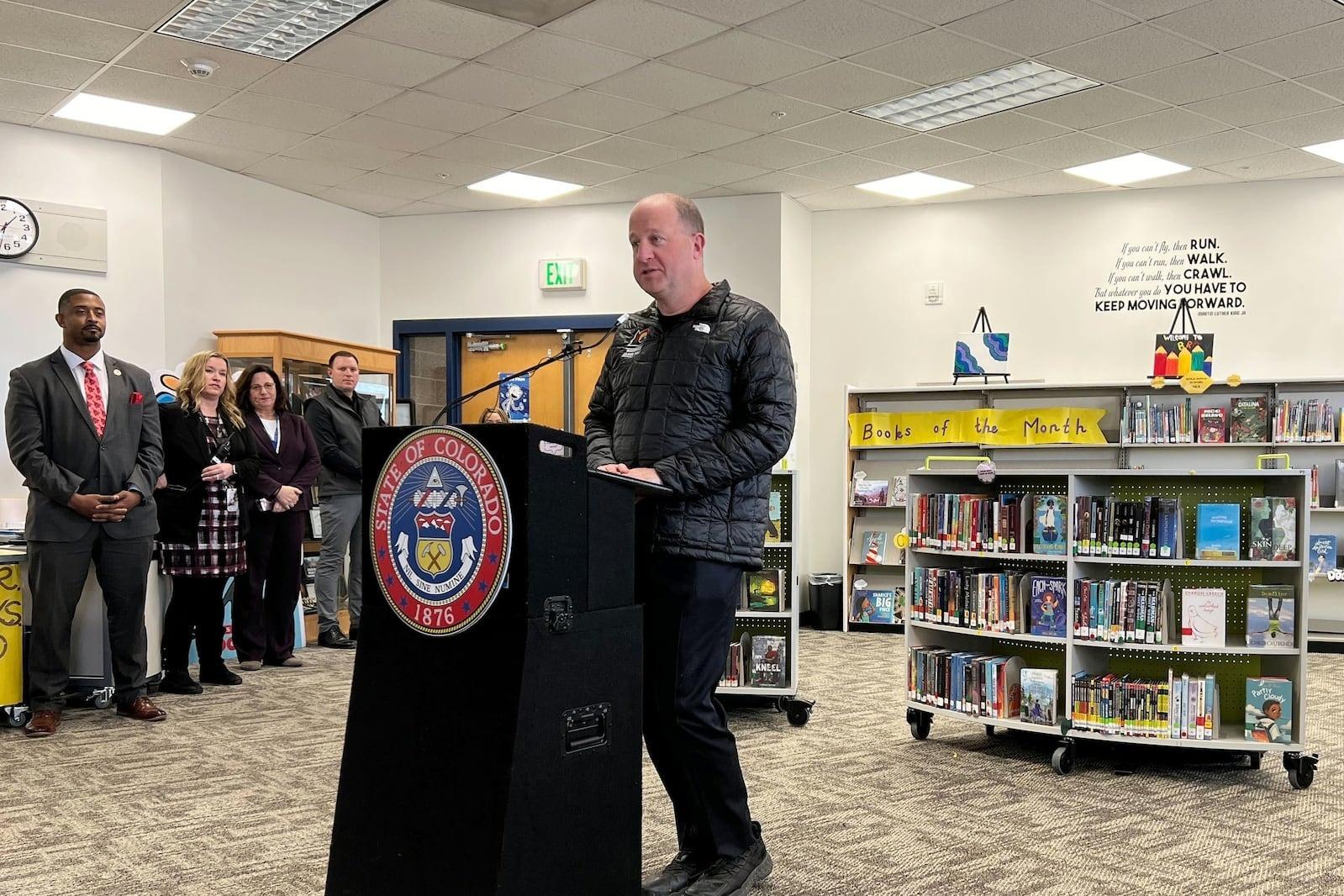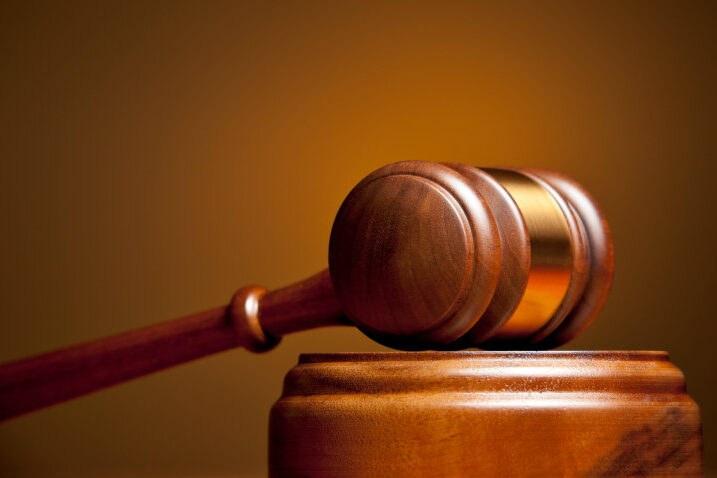
In 2008, state legislators passed a law that allowed public schools to cast aside certain rules and regulations in order to innovate and test out new ideas. The goal was to advance “high-quality public education throughout the state.” But a new study shows innovation schools are producing lackluster academic scores on state tests.
While some innovation schools outperformed their district-managed and charter schools peers across the state, there were many others where the results were “truly subpar,” according to the report from the Keystone Policy Center.
“Unfortunately, I would say that on average or overall they haven't performed well,” said Van Schoales, the center’s senior policy director.

Why did innovation schools evolve and how are they different?
The state’s innovation school law came at a time when there was a clamoring for new approaches aside from the traditional top-down method of a centralized school district office pushing policies down to local schools. The law was designed to give schools more freedom and flexibility to meet the needs of their students in several areas: staffing, curriculum and testing, class schedules, budgeting, hiring, compensation and evaluation.
For example, the school day might be longer, or teachers could organize classes and groups of students differently, or get training in a different way than the district does. One of the ideas was to enable educators to coalesce around a mission and a program that would work for their community.
“We've seen some successful examples of this,” Schoales said. Some of those include the Denver Green School, C3, and McAuliffe International School.
Innovation schools have the power to waive out of certain district policies and state laws – and if at least 60 percent of educators agree – collective bargaining agreements. As part of the law however, schools had to implement replacement policies of their choosing for the waivers they secured. The school’s “strategic plan” must be approved by both local and state school boards.
The state has more than 100 innovation schools serving nearly 50,000 students in 17 school districts. However, nearly half of innovation schools operate in Denver Public Schools, according to the report. About a quarter of schools in DPS are innovation schools. There are also groups of innovation schools that share common interests and band together in what are known as zones.
Innovation schools tend to serve a higher percentage of students of color, students experiencing poverty, students whose home language is not English, and students with individual education plans than do non-innovation schools across the state.

How are innovation schools performing academically?
The report analyzed and compared state standardized test results at innovation, district-run and independently run charter schools.
Innovation schools have fewer students scoring on grade level in both English Language Arts and math when compared to other schools. They also fell far short of expectations on “growth” scores. Those measure how much progress a group of students make in a year compared to their academic peers. Just 15 percent of innovation school students met expectations on PSAT/SAT compared to more than 40 percent of students in charter and district-managed schools.
The report concludes that innovation high school students are, on average, falling further behind their peers who scored similar to them in the past.
The report shows Black and Hispanic students in innovation schools, however, outperformed students in district-managed schools, though they still lagged behind charter schools. In math, their performance was slightly below or on par with district-managed schools and lagged behind charter schools. But decades-long achievement gaps between students of color and white students appear to be widening.
Similar to decades of test results, poverty plays a major role in student outcomes. Few students who qualify for free and reduced-price lunch met grade-level benchmarks in both math and reading.
Bill Kottenstette, director of Schools of Choice at the Colorado Department of Education, agrees that performance of innovation schools is a “mixed bag.” But there’s some context for why many aren’t performing as well as other schools.
“Innovation schools have a disproportionately higher number of schools that have had performance challenges historically, so we wouldn’t necessarily anticipate that their performance would be above state averages.”

(Courtesy Challenge Denver)
Teens get to know one another during Challenge Day at Grant Beacon Middle School.
Why might some innovation schools be struggling?
First, many of the innovation schools in Denver were ‘turnaround’ schools, already struggling with academic achievement. So, they started with a much steeper mountain to climb.
Early on, some education observers like Schoales had postulated that because some charter schools, which have the most flexibility and freedom from state and district rules and regulations, have performed well, that innovation schools would also perform better because of more flexibility.
But Schoales hypothesizes that too much attention was paid to the governance model – all the details around how a school is managed through waivers - and not enough to leadership and capacity over the long haul. Many innovation schools have been hobbled by leadership turnover.
Some might start out strong, and then, “We would see leadership change and the schools dip back down into either where they were or only slightly better than where they were. And we've seen that story over and over again,” Schoales said.
Strong school leaders, committed and effective teachers, a strong program, and an excellent understanding of the specific needs of students are what is most important.
“We've got more than 50 years of research around this. That's what matters most,” he said. “Governance is secondary.”

Where to go from here?
Especially because schools are still recovering from significant drops in performance during the pandemic, the report says more robust data over a longer period of time is needed to determine whether innovation status is helping.
The report said some evidence exists to show that there are barriers within school districts to innovation schools being able to fully implement their strategic plan with the waivers they’ve received. And it notes some innovation schools tend to not adopt structures that could result in bigger change.
“In 2023…you're seeing many innovation schools look slightly different, but not dramatically different from the traditional model in a state or a school district. They're small changes. They're not big, large structural changes,” said Schoales.
Keystone researchers also call on the state, which produces an annual report on innovation schools, to begin analyzing outcomes for other groups such as English language learners as well as looking at how well schools do on indicators of postsecondary readiness.
Despite the mixed bag of academic outcomes, Schoales said the innovation law was and is a good thing.
“There needs to be space for a committed group of educators to create and to make the case for and then develop a school that may be better at serving kids in their community.”
And the state’s Kottenstette said the process of developing an improvement plan and getting backing from teachers, parents, administrators is one necessary step for improving a school. Another is having the ability to get flexibility when school leaders need it.
“Innovation provides two really strong preconditions for improvement that can compel a school to improve outcomes, but it doesn’t guarantee it.”









